Your dream home is a big investment, especially when you’d like it to last throughout your lifetime and hopefully, one day, pass to your children.
As of present, the average house is built with the intent of lasting 10 years or more.
Yet with our current technological advancement, we still hear countless stories of houses that were built over a century ago and are still in good condition today.
With technological advancement comes economical choices, which sometimes means lower quality.
Now that doesn’t mean you have to design a house dated from the 18th century to increase the lifespan of your home.
We have undergone intensive research and experience to understand the core elements that have allowed certain designs to withstand the test of time.
Here are a few things that make up a timeless design:
1. Sticking To The Principles Of Design:
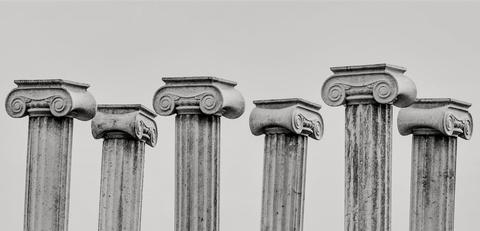
Did you know that by applying the latest trends in interior and architecture you just might be setting up your dream house for failure?
Trends come with an expiry date, so stay away from them.
The trick is to take trending interior elements and add them into classical principles of design.
This means adding trends subtly, or in smaller areas where the entire focus of the space is not on them.
This way the majority of the space is not dictated by those elements and can always be changed later in the future when a new trend you like shows up.
By sticking true to the core principles of design, you can never go wrong.
The principles of design are a set of rules that when applied in any location or space can enhance the quality and perception of the area.
This not only applies to interior design but to all other categories of architecture, graphic design, and even painting.
This is because design principles are all about composition which is derived from what humans find instinctively aesthetically pleasing and functional.
The reason you resonate with composition and find it beautiful is because it was derived from the naturally occurring composition of our environment.
Adding these elements ensures that the quality and design of your space is always in composition, which never goes out of trend.
To find out more on how you can avoid dying trends, check out our info-graphic on the 6 principles for creating a timeless interior design.
You can use any of these principles to achieve an overall coherent and comfortable design. A few major examples of this would be:
a) Balance & Symmetry:
Our eyes by nature, are drawn to balance and symmetry. Symmetrical design stimulus has a positive effect on our subconscious, even when these elements are not apparent at first impression.
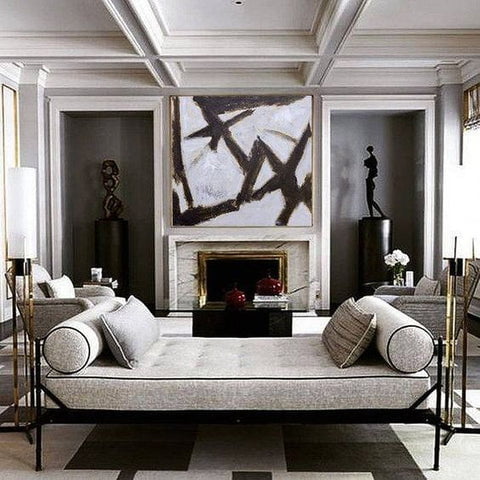
This is because our bodies are symmetrical, which makes it familiar for our brains.
It’s easier for our brains to process symmetrical spaces than their counterparts, as we don’t have to think too hard to understand the flow and function of the space.
Which explains why we can sometimes judge the quality of space as good or bad almost instinctively even thou not everyone is a professional designer.
Applying this technique adds a balanced composition, which makes any room pleasant to look at, no matter its decor.
If you want your interior to stand out from the rest of the world, then balanced symmetry is key.
But balance doesn’t have to mean a straight line with equal parts on each side, that would get boring very fast.
Instead, a professional interior designer would find clever hacks to achieve the same result, by mix-matching positive and negative spaces, using reflection, rotation, transition, and asymmetry.
The best part? Is that symmetry fits any room shape, is easy to achieve and works with almost every style making it a key staple to creating a timeless property.
b) Focal Points:
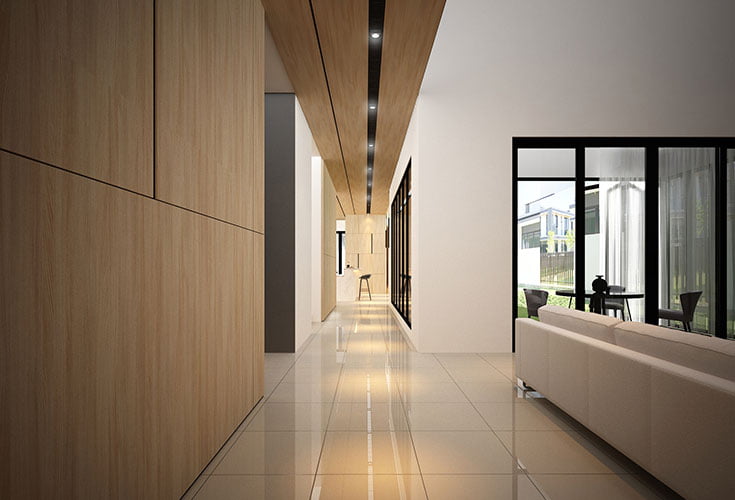
By adding a focal point to every room, it builds an immediate impression and creates a visual impact.
This is because focal points normally act as a framework in which to design the rest of the room as it’s the main dominant feature.
It is one of the easiest and most flexible ways to design your spaces, they add overall coherence, unity and also create an imaginary line of sight that you can base the symmetry/asymmetry of any space.
Contrary to one might think, focal points don’t have to be big. They can range anything from large marble feature walls and fireplaces to something as simple as a family portrait, ornament or window.
The key here is to find the natural focal point that already exists within each room, and it is usually the first line of sight someone notices when they walk into a space.
Fret not, as this is normally pre-set by the architect upon designing the building so you just have to look carefully.
You can always create your own focal point, just make sure its suitable for the function of the room as it can be hard to change this later on.
c) Classical Patterns:
Careful selection of classical patterns adds more interest to space as they become a contrasting backdrop or feature for a focal point on the wall of a room.
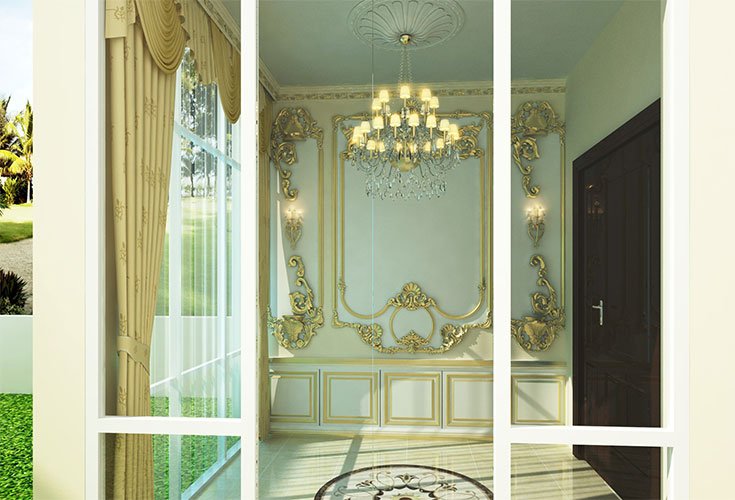
Patterns like plaid, botanical, checkers and damask are usually ideal for your home.
Avoid trending patterns like chevrons and geometrical patterns, while these look nice, they may not be ideal after a few years.
(Remember, using trends is like adding a time staple to your room. When it’s outdated… people will know by how long)
Not to say you can’t use modern patterns, but by using them sparingly and with thoughtful planning you can create a comprehensive balance between the traditional and modern style creating something that is truly never out of trend.
2. Durability:
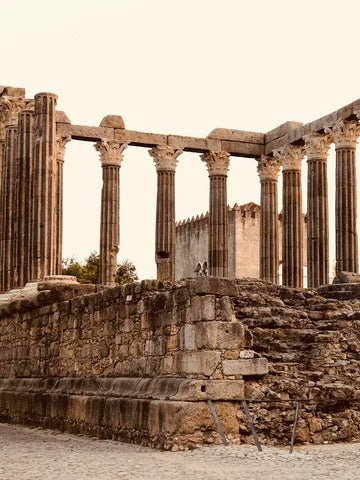
Now that you’ve understood how to design for longevity, it’s time to explore how you can build for longevity.
It is said that by doubling the durability of your property, you cut its overall negative environmental impacts by half.
There are many ways to increase the durability of property, quality material choice is by far the best option.
Here are a few building elements to consider:
a) Wainscoting:
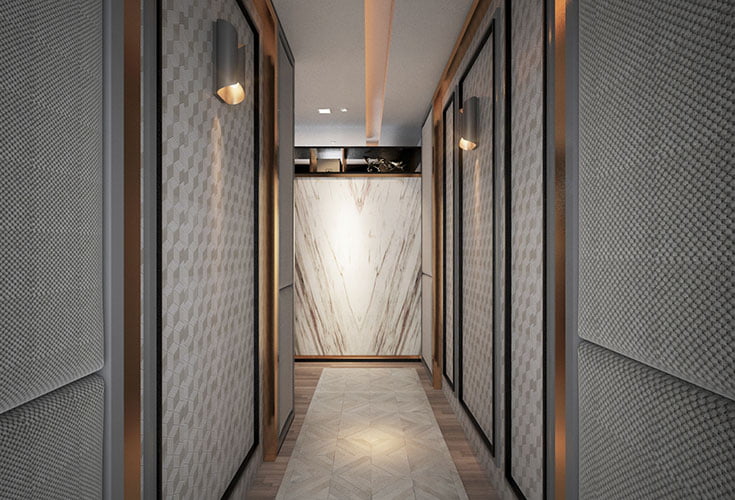
Apart from adding a classic, tasteful and totally transforming element to your walls,
wainscoting made of wood or plaster will act as a guard for your walls against scuffs and scratches. Not to mention an elegant armor for your forever home.
They will protect your walls over time, as well as show a statement of grounded-ness and quality.
b) Stone:
Picking quality stone over soft countertops can make all the difference in your property’s life expectancy.
Although stones are 10 fold the price of any other alternative material.
They are well worth the money considering their endurance over time, resistance to water, stains and wear and tear.
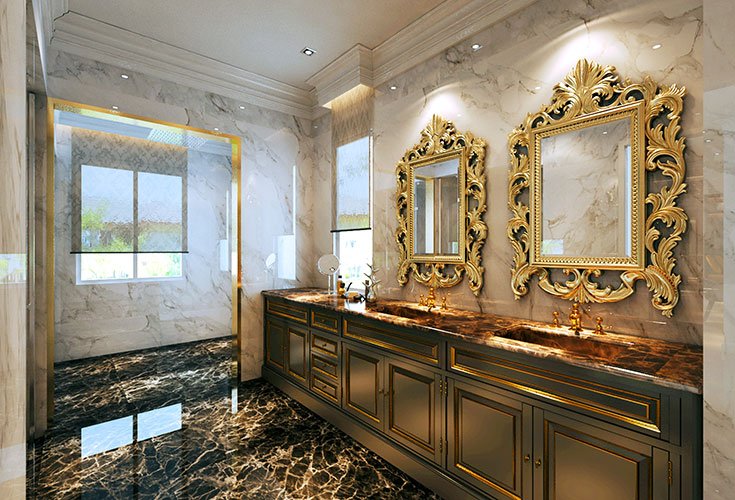
Careful selection of the type of stone catered to the space it will be used at is crucial. Different materials have different properties, marble should not be placed everywhere where quartz or granite can be.
By understanding material properties and how they react to temperature, damage and pests are one of the fundamental skill sets that are required to have a sustainable and maintainable house over the long run.
This is especially crucial when living in a tropical country like Malaysia, as not everything seen in Western countries can be applied to properties here in the same way.
Our experience in creating quality designs that stand through time does not come from good sources or trade secrets.
They came from lessons learned by making a lot of mistakes.
15 years ago when we first started, we experienced a long haul of failures, successes, countless testing and first-hand experience on which materials work best for which place and which don’t.
So just like you, we have used our “failures” as feedback. And everything we do or advise is out of being practitioners vs assuming.
c) Solid Wood:
Nothing says quality and everlasting like solid wood.
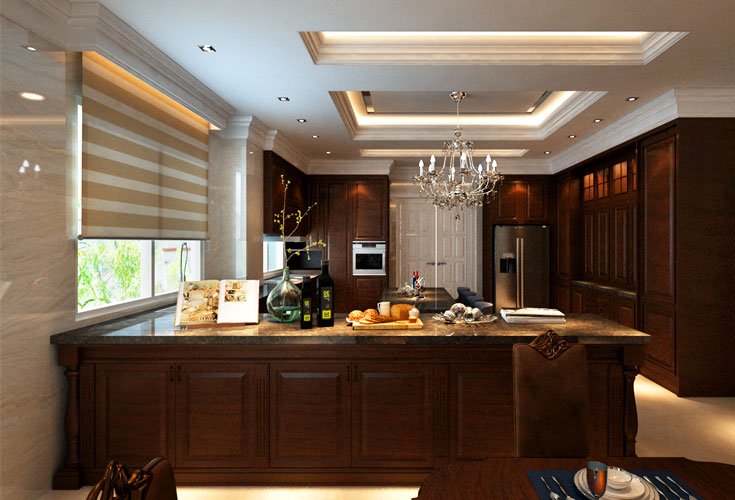
Solid wood refers to wood structures or furniture whose components are not hollow.
Unlike engineered wood or more commonly known as composite wood, which is made up of a mixture of manufactured wood strands, fibers, and adhesives.
This is sometimes veneered with Cheery and advertised to be cheaper “solid wood furniture”, which in actuality is not real solid wood. Solid wood is expensive, Engineered wood is not.
But with its expense comes a lot of great advantages:
For instance, the wood is the same all the way through, which makes it easy to repair and maintain in the long run vs repairs to engineered wood which can be tricky and sometimes impossible.
Solid wood is also strong enough to easily satisfy furniture needs as well as doors and can last up to centuries when maintained.
Doors made of quality solid wood are more expensive and much heavier than hollow core doors, but do a great job of blocking out noise for individuals who require more privacy.
They are also more fire resistant as it takes longer for the fire to burn through.
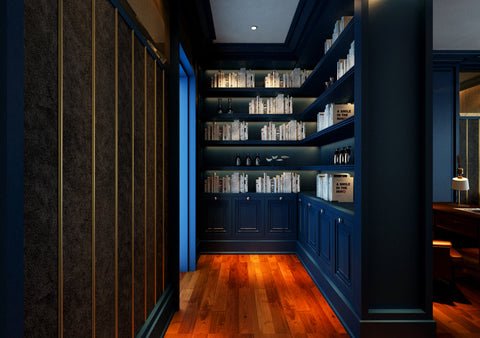
Be wary of many claims of “solid wood furniture” unless the entire exposed surfaces are made of solid wood, they are most likely composite wood veneered with a coat of solid wood, offering a more “affordable” choice.
Paying for the extra quality is what makes the difference between your home lasting centuries or less than a decade.
Just make sure that you’ve got a credible source for acquiring quality materials
If your looking for a credible source for luxury furniture or solid artisan carpentry, leave a comment below and we’ll be in touch with you shortly.
3. Sustainability:

We’re all familiar with the advantages of green buildings and sustainable architecture.
Apart from being beneficial to the environment, did you know that implementing sustainable features into your building can also increase its lifespan?
Property owners can save on construction costs as well as expect their properties to remain safe and functional for up to 200-300 years.
There are a lot of misconceptions concerning sustainable buildings.
The first thing that pops into mind is cheap, repurposed materials and small economic space saving designs.
While those are great, there are countless state of the art sustainable technologies you can choose from to implement into your property.
This can come in the form of passive design, tech and using natural materials.
Our point is that you don’t have to compromise on aesthetic and quality in favor of sustainability.
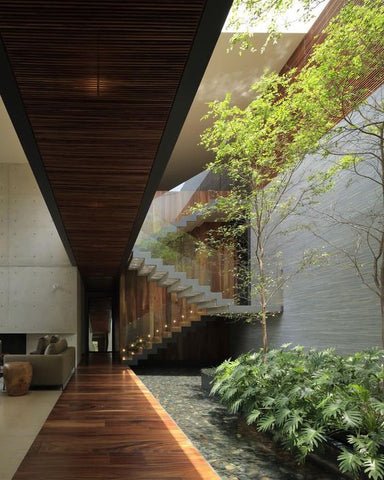
Sustainable design costs more to engineer than normal construction and can require a bigger investment upfront, but green buildings have great ROI in the long run.
U’ll recover the initial fees overtime by reduced maintenance and utility expenses.
A green building is considered as “sustainable” or “zero energy” when it can replenish its annual energy consumption by self-sustaining.
It does not entail that it consumes NO ENERGY, but rather it gives back in proportion in what it takes.
Overall, sustainable luxury design is beneficial to the environment, increases property longevity and improves the health quality of your living.
It’s pretty much a no-brainer.
Conclusion:
If you want the best for your future, then there’s no cutting corners when it comes to building your dream home.
Having longevity in mind is the only way to build something long lasting. If your in real estate property, you’ll know that making short term decisions is the quickest way to lose money.
The best bet is investing in the right designer, quality materials and real craftsmanship.
After all, when done right, it will represent the legacy you left behind for many generations to come.
Whether you’ve built your house from scratch or want to re-vamp your existing luxury property to be future proof, these factors can be applied at any time.


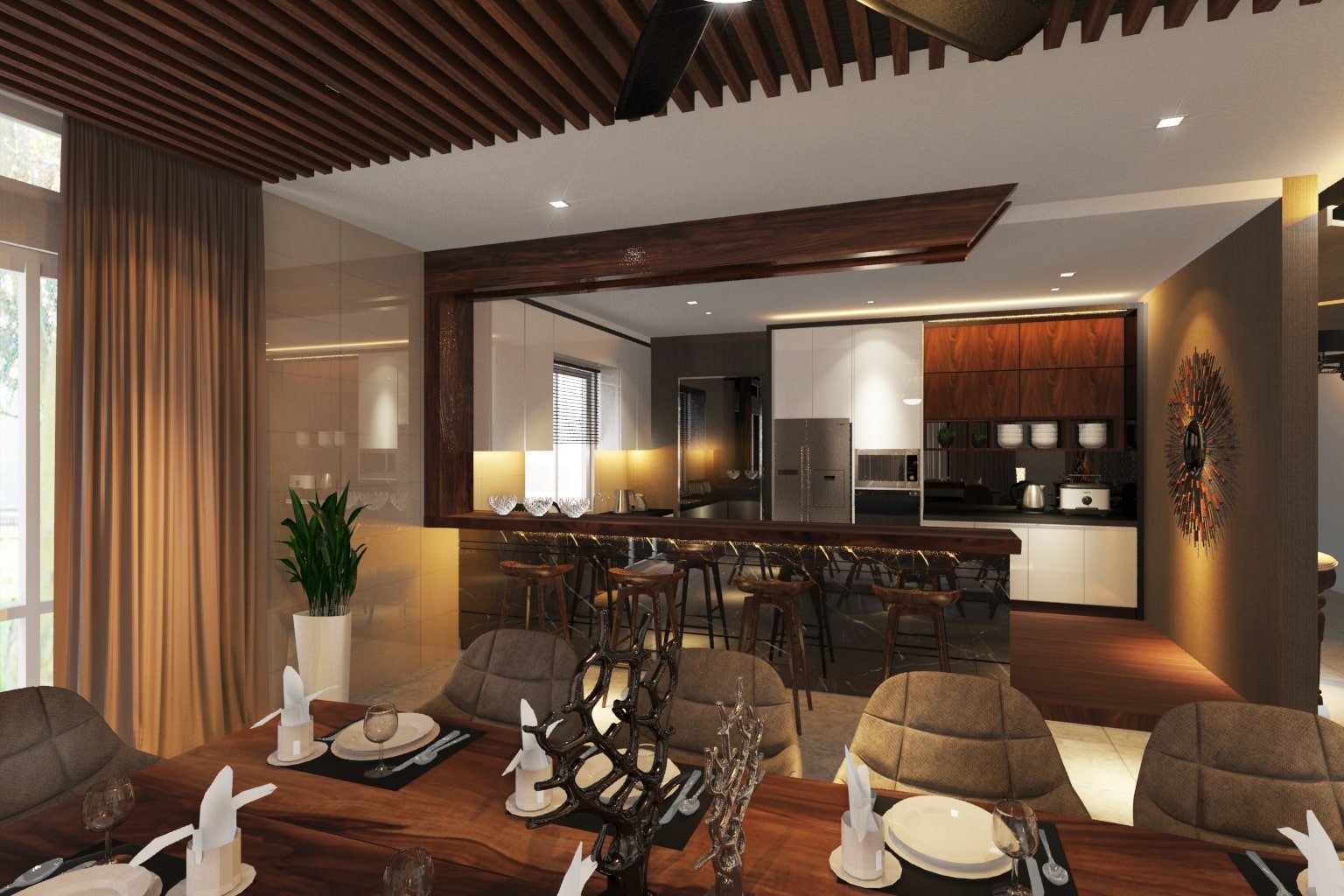
This article is amazing! Literally everything regarding creating a timeless property is covered here, what else would a person building such property would need? A big thanks to the author of this article who did so much deep research on the subject!
Very useful insights & love it! Thank you.